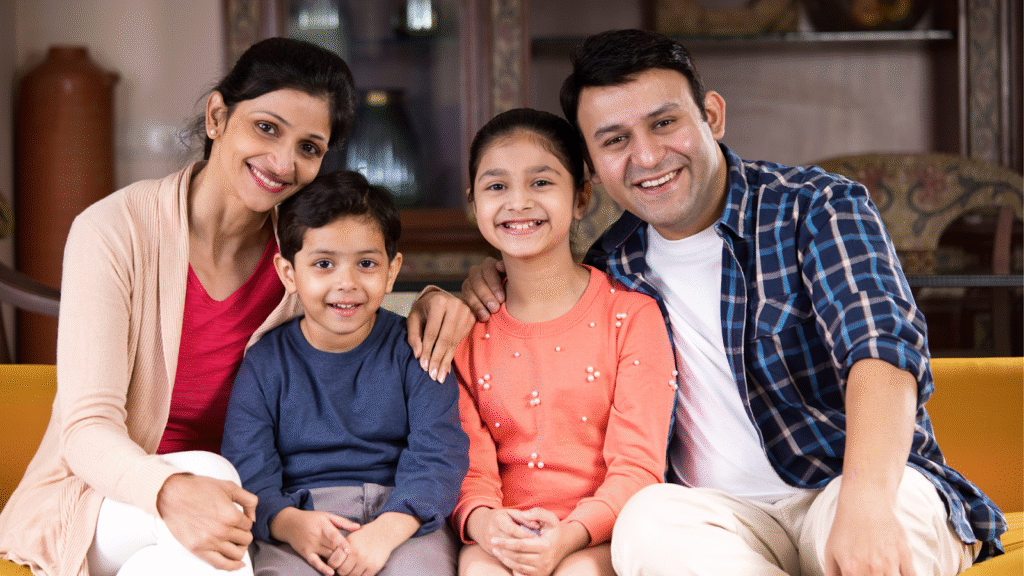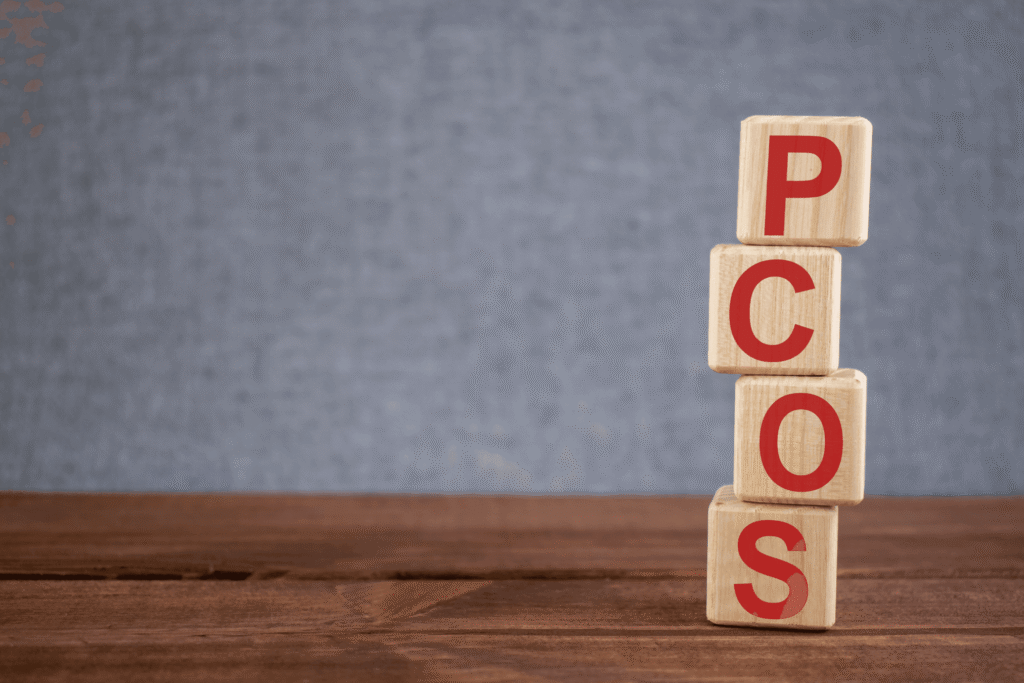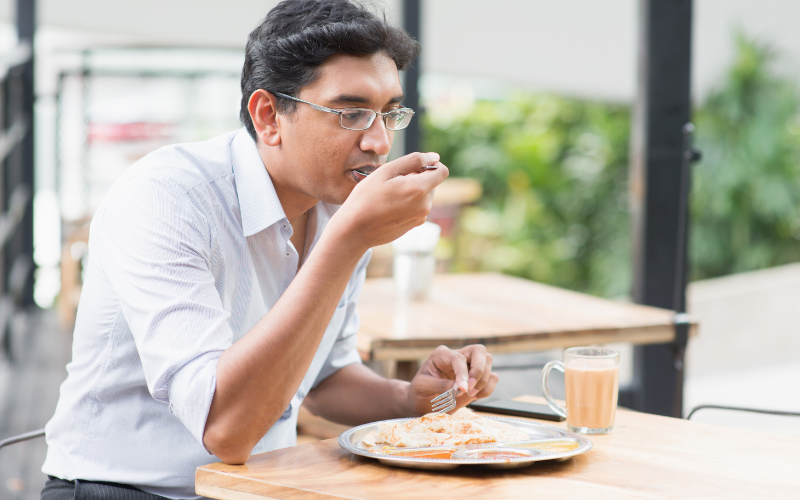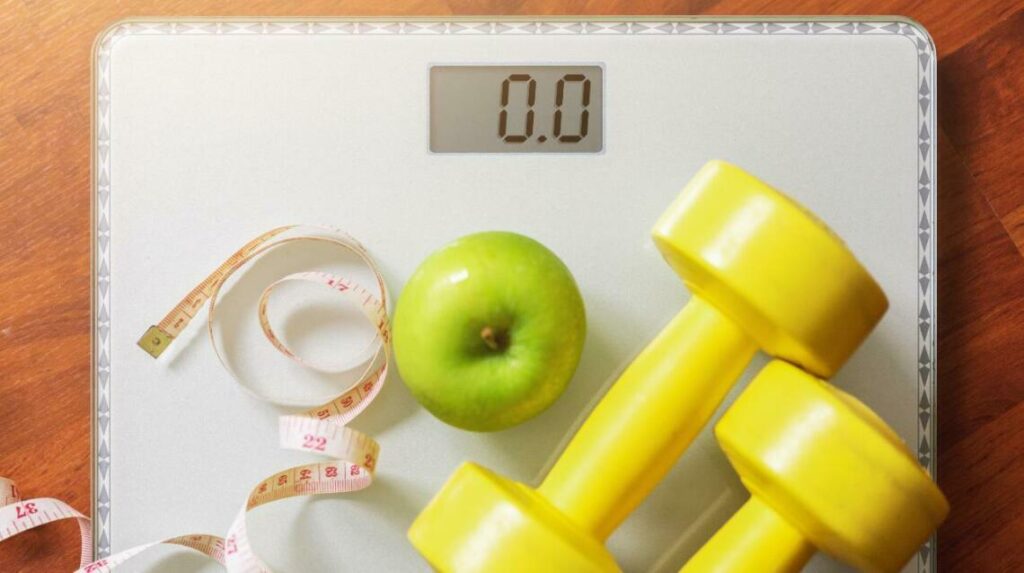Boost Your Immunity with Ayurvedic-Inspired Recipes
That nagging cough hits just when monsoon clouds gather, right? We’ve all been there, popping pills while dreaming of grandma’s kadha. But building a fortress from within? That’s where Ayurveda shines, and as the best dietitian in Chandigarh, I’ve fortified clients like Sukhwinder against every season’s sneak attack. Post her flu-filled days and nights, these recipes turned him into an immunity champ—fewer sick days, more vitality. Let’s brew up five easy ones, rooted in Indian wisdom, to keep bugs at bay without the pharmacy run. Warm up with tulsi-ginger tea: Boil fresh tulsi leaves with grated adrak and honey. Twice daily, it clears sinuses and amps antioxidants. Ravi sipped this through Delhi’s smog, dodging colds like a pro. For lunch, turmeric millet khichdi—foxtail millet simmered with haldi, garlic, and greens. Curcumin’s anti-viral magic, plus zinc from garlic. Snack smart: Triphala chew—mix amla, haritaki, bibhitaki powders into balls with jaggery. A post-meal pop detoxes and strengthens gut barriers. Dinner: Amla chutney with roti and dal—vitamin C overload fights free radicals. End nights with ashwagandha milk: Warm cow’s milk with the herb powder for stress-busting sleep, key to immunity. Season with black pepper for absorption boosts. I’ve prescribed these at Healthy2BFit, watching recoveries speed up. As the best dietitian in Patiala, I weave them into plans that feel like rituals, not rules. Sukhwinder’s glow-up? Unbreakable through 2025’s flu wave. As the best dietitian in India, I know strong starts inside. Fortify your defenses—DM Healthy2BFit for more immunity recipes . One sip closer to unstoppable you. “Sehatmand Raho, Sukhi Raho!” (Stay Healthy, Stay Happy)
Boost Your Immunity with Ayurvedic-Inspired Recipes Read More »










